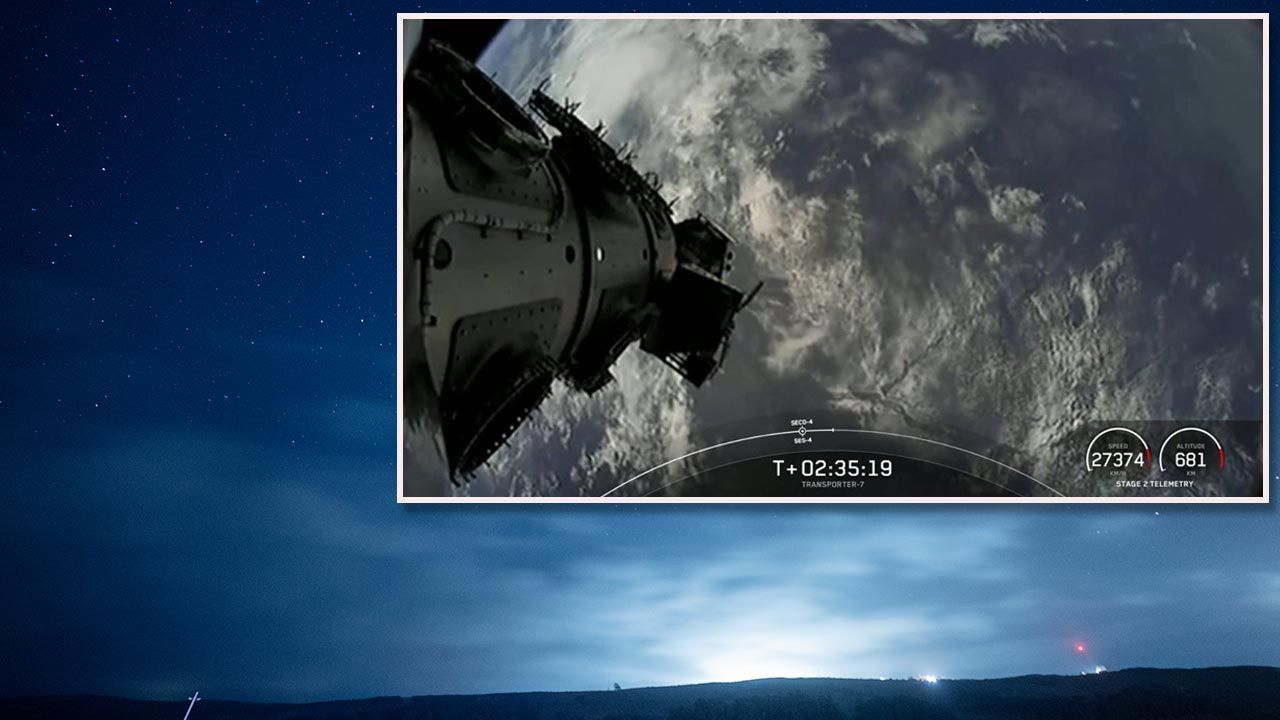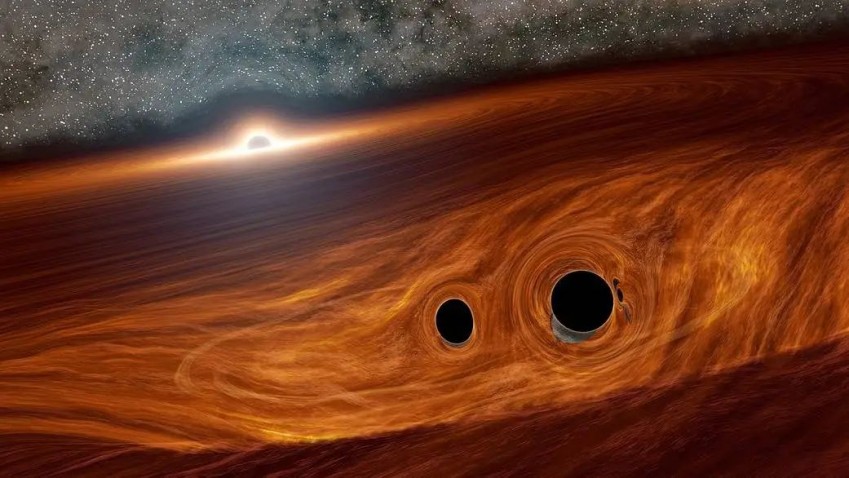The largest planet in the solar system is Jupiter. However, this does not mean that there are no larger planets in the universe. Observational data indicate that WASP-12b is a planet twice the size of Jupiter. However, unlike Jupiter, it is not far from its parent star. Not only is the distance between them already small, but it is also shrinking, which does not bode well for the planet itself.
Initial observations indicated that the planet would fall to the surface of its star in just 10 million years, which on the scale of the age of the universe (13.7 billion years) or even the solar system (4.6 billion years) represents a blink of an eye. eye. No matter how you look at it, even dinosaurs whose fossils are still found in various places around the world disappeared more than 60 million years ago.
Read also: Hot Jupiter and its dark side. Astronomers looked at this exoplanet in record-breaking detail
Latest information However, they point out that WASP-12b does not have much time left. The destruction of the planet will occur in only 3 million years. You could say the planet didn't have time to enjoy life. Its parent star, located 1,400 light-years away, is only 3 billion years old, so the planet must be several hundred million years younger.
The afflicted planet is currently classified as a very hot planet Jupiter. Since it is only 3 million kilometers away from the star, it orbits in just 24 hours. The planet's surface is heated to temperatures of up to 2,200 degrees Celsius. As scientists point out, changes in the planet's glow as it orbits the star indicate that the yellow dwarf's gravity is acting on the planet so strongly that it takes the shape of an egg heading toward the star. The material that slowly separated from the planet even managed to form a ring of material surrounding the star.
Over a period of twelve years (2010-2022), a team of scientists studied the planet and its rotation rate around its host star to accurately determine its future. It turned out that the yellow dwarf around which the planet revolves during this period was experiencing its maximum activity. This in turn means that the planet had to deal with many flares and coronal mass ejections during this time.
Read also: Hot Jupiter orbits TOI-1789. It is several hundred light years away from Earth
However, many questions remain unanswered. The impact of the star on the planet indicates that the star has already left the main sequence and begun to transform into a giant star. The problem is that other data shows that the star – whose mass is estimated at 1.5 solar masses – is still on the main sequence.
Scientists point out that the final fall of the planet onto the surface of the star will be visible to observers on Earth. However, the question remains unanswered whether there will be any intelligent life on Earth in 3 million years.
Regardless, astronomers now want to use WASP-12b's observational data to reanalyze other known very hot Jupiters. Perhaps they, too, are headed toward extinction. This would agree, in some ways, with observations in which scientists have observed that the number of hot Jupiters orbiting close to their stars decreases relatively quickly as older stars are studied. So it's possible that most of them will fall on their star relatively quickly.

Echo Richards embodies a personality that is a delightful contradiction: a humble musicaholic who never brags about her expansive knowledge of both classic and contemporary tunes. Infuriatingly modest, one would never know from a mere conversation how deeply entrenched she is in the world of music. This passion seamlessly translates into her problem-solving skills, with Echo often drawing inspiration from melodies and rhythms. A voracious reader, she dives deep into literature, using stories to influence her own hardcore writing. Her spirited advocacy for alcohol isn’t about mere indulgence, but about celebrating life’s poignant moments.










